The Clock is Ticking
You may or not be aware but Friday, March 22nd, a predictive indicator was established for a pending recession. Before you panic, read this note carefully. “Pending recession” in this case should be accurately defined as preceding the next economic expansion, whenever that may be. And what is a recession? It’s a decline in economic activity that extends for more than a few months – expansion being the converse.
The technical indicator of concern is the Treasury Yield Curve, widely recognized as the 10-year treasury bond yield minus the 3-month Treasury bond yield. Normally, long term bonds yield more than short term bonds. When the 3-month yield overtakes the 10-year yield, it’s known in the financial world as “Yield Curve Inversion”. Since 1968, a yield curve inversion has preceded the next recession 100% of the time. It is worth mentioning that in a rate-hike environment like the recent past, shorter term bonds have been in higher demand thus, commanding a higher price.
Economic expansion and contraction have always been and always will be part of the economic cycle. Looking at recessions on a longer timeline, there is little correlation between the amount of time the inversion lasts and the length of recession. The BIG unknown is how long of a runway we have between today and the start of the next recession. Note that the yield curve resumed a normal setting from the inversion 7 days later, on March 29th. Is this relevant?
What we know:
- There have been only 7 recessions since 1968
- Average stock market return from yield inversion to start of recession: +2.8%
- Average span between inversion and subsequent recession: 11 months
- Average stock market drawdown from peak to trough: -34.57%
- Average stock market duration from peak to trough: about 1.6 years
- Every recession has been followed by an economic expansion and stock market recovery
What we don’t know:
- Is this inversion a short-term phenomenon or “the real deal”?
- When will the stock market go down? How much?
- When the recession will begin?
- Will the coming recession be long and severe or a short, shallow recession?
We bring this to your attention for educational purposes as it is our job to worry about these details. As you may recall from your Q4 report, we have been studying and preparing for this since early 2018. We continue to believe the investments we currently hold are sound, though we are moving towards a more “risk-off” allocation, especially for our retirees. Know that your FMI team will continue consistent diligence on your behalf through the thick and thin of it all.
Our often-quoted Schwab expert, Liz Ann Sonders, replied on Twitter last week when asked “Should we go to cash?” an eloquent, FMI-agreeable notion. She said, “I strongly believe investing should never be all-or-nothing, or about a “moment in time” … investing should always be a “process over time””.
- Allen Bynum for the FMI Team
Sources:
* Much of the above information was taken from Schwab Chief Investment Strategist, Liz Ann Sonders’, most recent publication, Blue, Red, and Grey: Yield Curve Inversions. All of Liz Ann’s publications can be found at www.schwab.com/resource-center/insighs/author/liz-ann-sonders .
**https://fred.stlouisfed.org/series/T10Y3M
